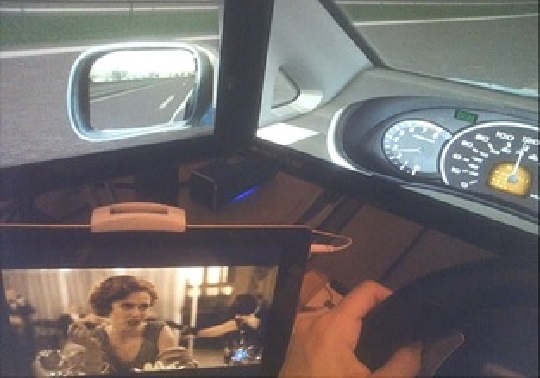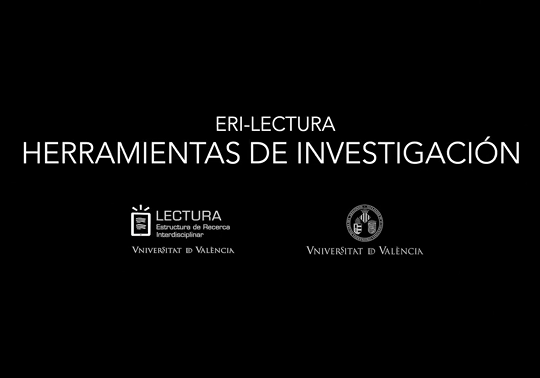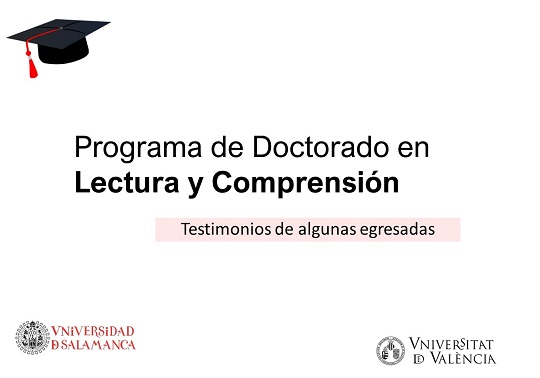
18 december 2020
European surveys results show that one in three drivers thinks it is acceptable to talk on a hands-free mobile phone while driving, and one in two drivers does not think this behaviour can have a negative effect on traffic. However, it seems that most drivers agree that it could be dangerous if the conversation induces considerable mental activity that attracts considerable attention. Studies have shown that when drivers are distracted by telephone conversations that require attention, they reduce visual scanning of the driving environment, worsen their detection of unexpected events in that environment and react less well to sudden braking by the previous vehicle.
Until now, no previous study had directly examined the effects of telephone conversations on the processing of traffic information provided by variable message signs (VMS) (Fig. 1). Unlike other traffic signs, through VMS drivers are informed of dynamic and special circumstances in the driving environment, such as congestion, traffic diversions, accidents, or adverse weather conditions, among others. This information is often essential for making driving decisions, such as lane changes, route choices or hazard anticipation.
This study evaluated the effects of cognitive distraction from a hands-free phone conversation on the processing of information provided by VMS through driving performance indicators and a physiological index of mental effort, in this case, heart rate.
Study performed on a driving simulator
The participants completed a circuit on a Carnetsoft driving simulator in a motorway environment (Fig. 1). They had to respond, for each VMS they encountered, if the message warned of potentially dangerous circumstances that would require immediate action (warning messages) or did not require any immediate action (information messages) (Fig. 2).
Figure 1: Simulated scenario including an example of a variable message panel.
Figure 2: Example of variable message boards used during the tour.
18 adult volunteer drivers participated with normal reading performance, without visual difficulties or sensory, cognitive or neurological disorders that could affect heart rate.
To study distraction, each participant completed the route on the driving simulator three times:
1) without distraction,
2) with a visuospatial distraction (attending phone calls with questions that induce visuospatial processing), e.g. 'What number is shaped like a loop: eight or four', and
3) with a conceptual distraction (attending phone calls with questions that require semantic memory), e.g. 'Which word is related to the holiday: court or cruise?)
During the simulation, each phone call started when the participant's vehicle was 300 meters away from the VMS. During this period, the participant also had to try to read the VMS, which was already visible - but not yet readable - when the phone call started. No instructions were given regarding the priority of responses to the VMS or the phone task
Figure 3: Schematic representation of an experimental trial. The grey bar represents the minimum (dark grey) and maximum (light grey) distance driven at 120 km/h while listening to the visuospatial or conceptual questions.
Conclusions
The results showed more errors in responding to VMS in the visuospatial distraction condition. This suggests that the visuospatial questions were more competing with the task of reading the VMS, affecting more than the processing of the semantic questions. The average heart rate was higher in the trials with questions (either conceptual or visospatial) compared to the condition without distraction, indicating an increase in cognitive effort of the driver with both question types.
These results provide new evidence that talking on a hands-free phone may involve costs in processing traffic information (in particular about text messages displayed on VMS) depending on the type of conversation held and may also increase the cognitive effort of the driver.
However, in this study, cognitive distraction had no effect on vehicle speed control or lateral position, suggesting that interference with carrying on a conversation would affect tasks requiring cognitive control (reading the VMS more than other more automatic tasks.
Associated publication: Tejero, P., & Roca, J. (2021). Messages beyond the phone: Processing variable message signs while attending hands-free phone calls. Accident analysis and prevention. https://doi.org/10.1016/j.aap.2020.105870

















